Government Initiatives and Funding
Government initiatives aimed at combating infectious diseases are playing a crucial role in shaping the Hanta Virus Market. Increased funding for research and public health campaigns is expected to bolster efforts in understanding and controlling Hanta virus transmission. Various health organizations are allocating resources to develop vaccines and treatment protocols, which could lead to a more robust market landscape. Additionally, public health policies that promote awareness and prevention strategies are likely to enhance community engagement in managing Hanta virus risks. This proactive approach may result in a more informed population, ultimately contributing to the growth of the Hanta Virus Market as stakeholders collaborate to address the challenges posed by this disease.
Rising Incidence of Hanta Virus Cases
The increasing incidence of Hanta virus cases is a primary driver for the Hanta Virus Market. Reports indicate that the number of reported cases has been on the rise, particularly in regions where rodent populations are prevalent. This uptick in cases necessitates enhanced diagnostic tools and treatment options, thereby stimulating market growth. The Hanta Virus Market is likely to see a surge in demand for vaccines and therapeutics as healthcare systems respond to the growing threat. Furthermore, the need for effective surveillance and monitoring systems to track outbreaks is becoming increasingly apparent, which could lead to further investments in research and development. As awareness of the disease spreads, public health initiatives may also contribute to the expansion of the market.
Growing Awareness of Zoonotic Diseases
The rising awareness of zoonotic diseases, including the Hanta virus, is driving interest in the Hanta Virus Market. As more individuals become informed about the risks associated with animal-to-human transmission, there is a heightened demand for preventive measures and educational resources. This awareness is prompting healthcare providers and organizations to prioritize research and development efforts focused on zoonotic pathogens. Consequently, the market is likely to see an increase in funding for studies aimed at understanding the ecology and transmission dynamics of the Hanta virus. Furthermore, educational campaigns targeting at-risk populations may lead to improved prevention strategies, thereby fostering growth within the Hanta Virus Market.
Advancements in Diagnostic Technologies
Technological advancements in diagnostic methods are significantly influencing the Hanta Virus Market. Innovations such as rapid testing kits and molecular diagnostics are enhancing the ability to detect Hanta virus infections promptly. These advancements not only improve patient outcomes but also facilitate timely public health responses to outbreaks. The market for diagnostic tools is projected to grow as healthcare providers seek efficient solutions to manage and control Hanta virus cases. Moreover, the integration of artificial intelligence and machine learning in diagnostic processes may further streamline operations, making it easier to identify and respond to potential outbreaks. As a result, the Hanta Virus Market is likely to benefit from increased investments in these cutting-edge technologies.
Increased Collaboration Among Research Institutions
The trend of increased collaboration among research institutions is emerging as a significant driver for the Hanta Virus Market. Partnerships between universities, government agencies, and private organizations are fostering a multidisciplinary approach to studying the Hanta virus. Such collaborations are likely to enhance the sharing of knowledge, resources, and technologies, ultimately accelerating the pace of research and development. This cooperative environment may lead to breakthroughs in vaccine development and treatment options, which are essential for addressing the challenges posed by Hanta virus outbreaks. As these partnerships continue to evolve, the Hanta Virus Market is expected to benefit from a more integrated and innovative research landscape.


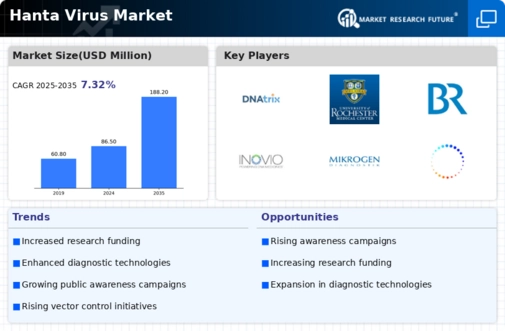

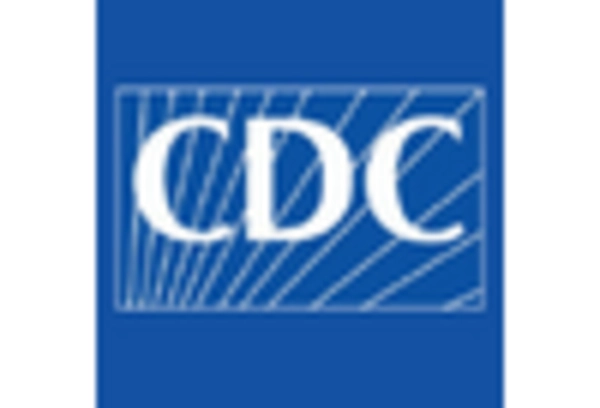

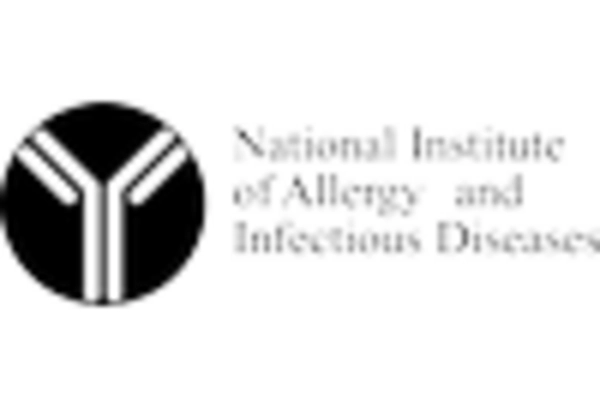

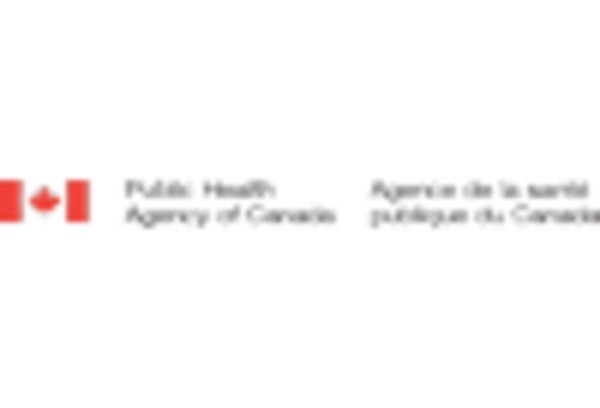
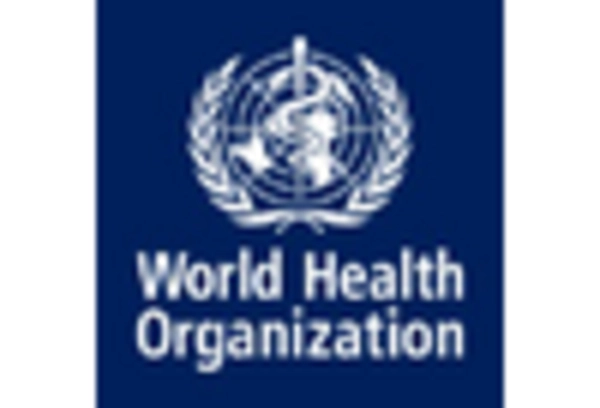








Leave a Comment